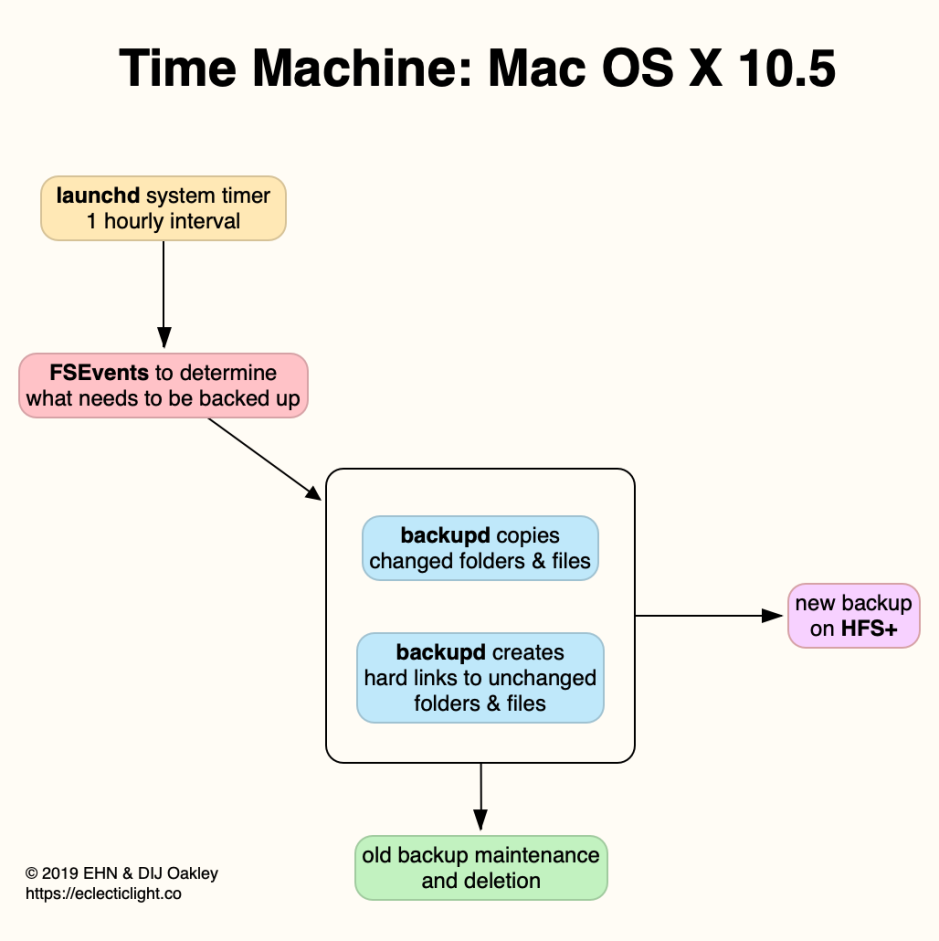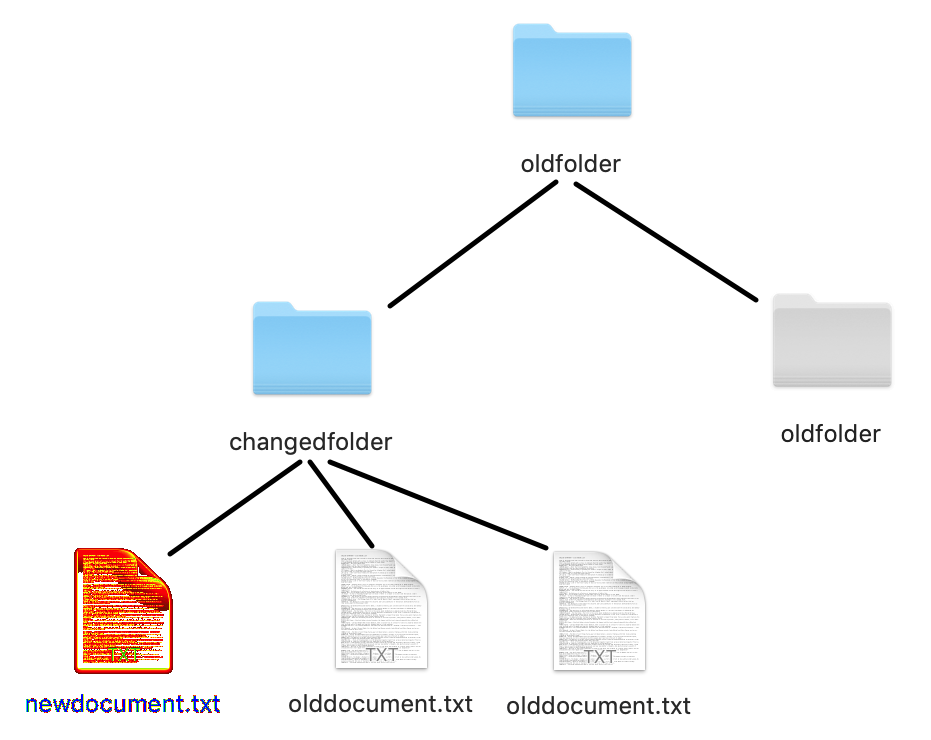Why you need to make archives, and how to
We back up to ensure that we can recover files, whole volumes, our complete Mac if needed. When that crucial document you were working on earlier has vanished, or becomes damaged, or disaster strikes a disk, backups are essential. But how do you preserve all those documents that used to come on paper, records, correspondence and certificates? How will you or your successors be able to retrieve them in ten or thirty years time? This brief article considers how you should archive them safely, which isn’t the same as backing them up.
By archiving, I mean putting precious files somewhere they can be retrieved in at least ten years time. They may include financial, business, employment and personal records, as well as all finished work that you want to record for posterity. For most, they’ll also include a careful selection of still images, movies, and the more important documents you might create, such as books, theses and papers. They’re what you and the law want you to keep in perpetuity, and to be able to retrieve even after you’re gone.
To see how this can be achieved, I consider: the storage medium to be used, file formats that will be retrievable, how to index them for access, physical storage conditions, and the checks of their integrity that are needed.
Storage medium
While backups are most likely to be kept on hard disks or SSDs, neither of those is in the least suitable for archives, as they have relatively short lifetimes and are too sensitive to storage conditions. Instead, you need a removable medium, today probably Blu-ray disks intended for archival use, such as M-DISC.
For those with copious archives of importance beyond their family, Sony used to offer Optical Disk Archive systems, but those products were discontinued last year and don’t appear to have a suitable replacement. This illustrates one of the problems with planning for the more distant future: today’s technology can all too easily become orphaned.
Businesses are increasingly turning to cloud services to store their archives, but for the great majority of us the recurring cost makes this impractical. In any case, best practice should be to use cloud services as a supplement to a physical archive. iCloud is more affordable for the storage of most important documents, but requires a Legacy Contact to be appointed.
File formats
While it’s fine to archive documents in their original format, as you do in your backups, it’s also important to extract their contents into more permanent formats. Among those most likely to prove durable for the next 50-100 years are:
- UTF-8 (and formerly ASCII) for text files,
- JPEG and PNG for still images,
- audio, video and rich media using one of the widely-used compression standards and file formats,
- XML-based open document standards,
- CSV for data,
- PDF provided that it complies with one of the archival standards PDF/A-1 to /A-4.
You may find it worthwhile tarring together large collections of smaller files, but don’t use an unusual compression or ‘archive’ format, which might prove inaccessible in the future.
Indexing and access
For larger collections, even when structured carefully, a thorough list of contents in UTF-8 text format is essential. While there are index and search tools that could help, in this respect too archives are different from backups. If you’re going to be gathering TB of files, look at some of the commercial solutions. Although some are free to use, like the long-established Greenstone, they aren’t intended for casual users and might prove demanding.
Physical storage conditions
Never print on the disk itself, which can result in its degradation, and keep paper records alongside disks in the same container, but not inside the cases themselves, where they could damage them.
Archive optical disks should be stored in cases with centre hub security, not in sleeves. They must be kept in a cool, dry and dark container, in which there is no mould or fungus. They also need to be protected from physical threats such as flood and fire. Firesafes are popular furniture for this, but you must then ensure that their combination or keys are readily available and not separated from the safe.
There used to be a vogue for commercial data repositories, often underground storage sites that had been repurposed. Not only were those expensive, but many failed to take the care that they promised, and plenty went bankrupt and put their contents at risk. If you can arrange it, store one copy with you, and another at a friend’s or relative’s at least a few miles away.
Integrity checks
If you’re serious about maintaining your archives, some form of integrity checking, such as that provided by my free utilities Dintch, Fintch and cintch, is essential. Check a sample on each disk once a year, to ensure that none has started to deteriorate. If you do detect errors, that’s the time to burn a replacement before the original is lost to decay.
Conclusion
Backups are for recovery, while archives are for posterity. Start building your archives now, and keep them safe for the future.
Further reading
How to burn a Blu-ray disc in Monterey
Wikipedia point of entry
Postscript
Some of you are reporting widespread claims that some Blu-ray burners no longer work in Sequoia. I have therefore repeated the process that I described in Monterey, using exactly the same Pioneer burner connected to a Mac Studio M1 Max running macOS 15.1. I’m delighted to report that it still works perfectly, and I see no reason that any other recent Pioneer optical drive should prove incompatible. All you need to do is follow the instructions.
Happy archiving!












